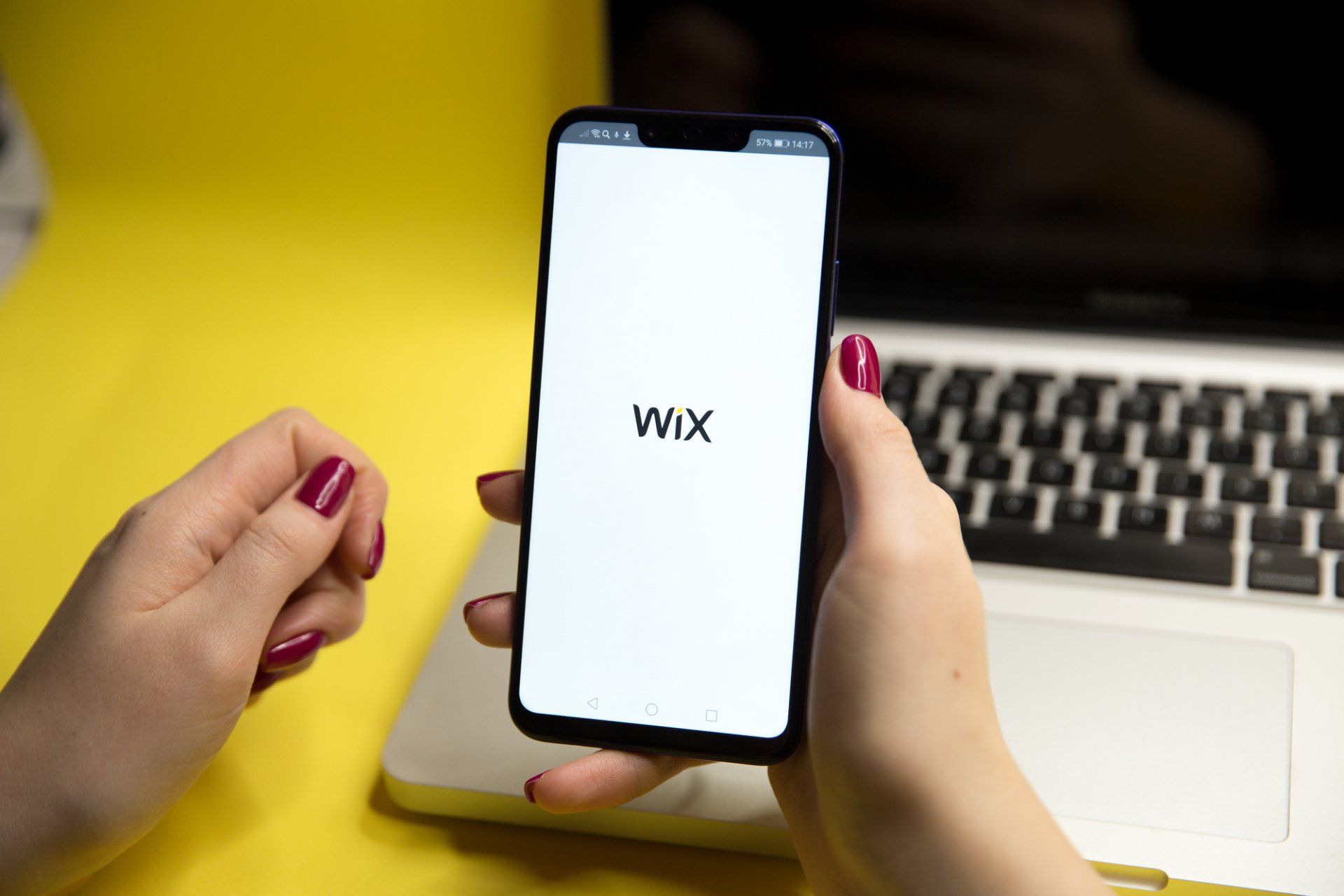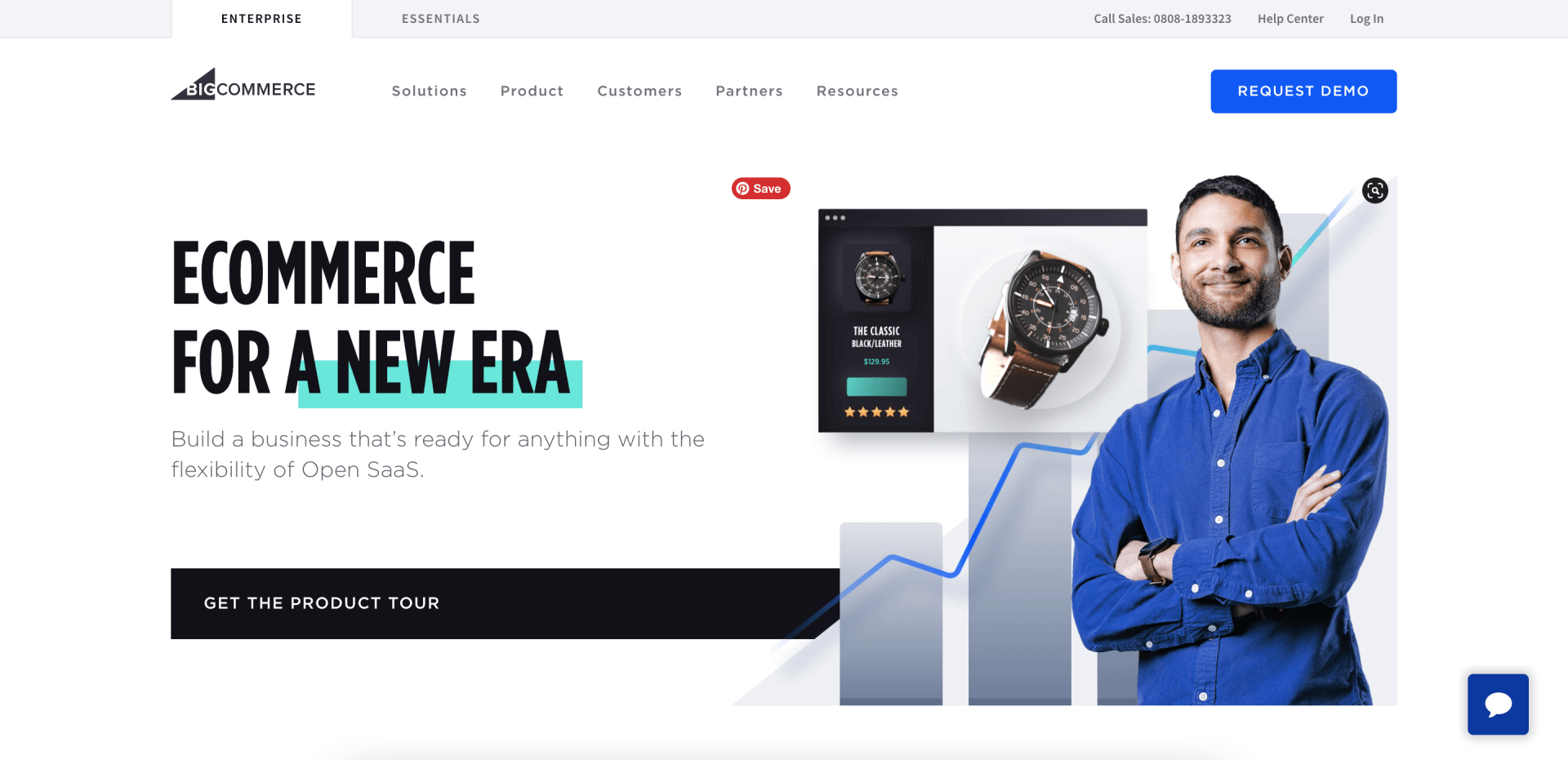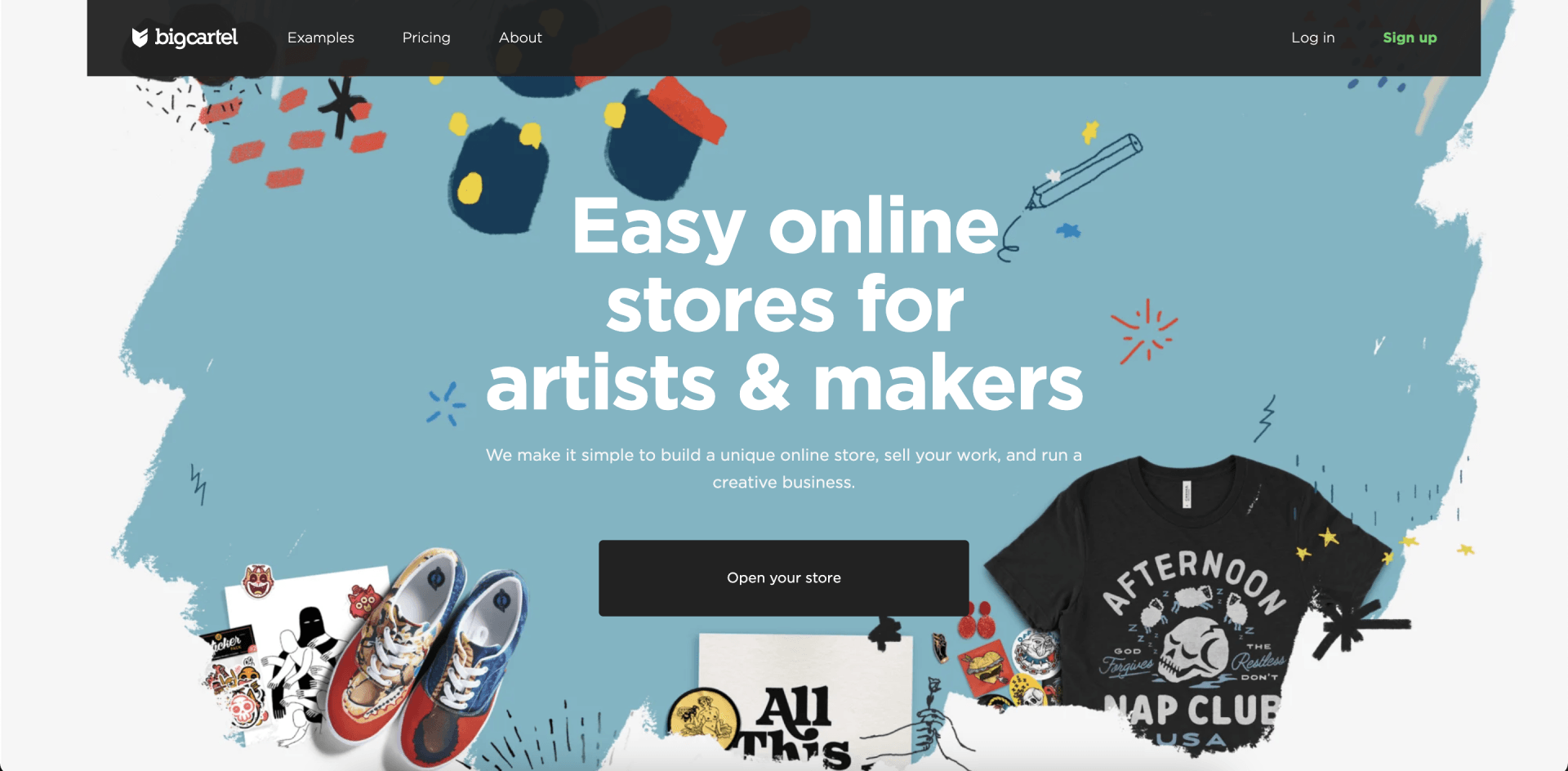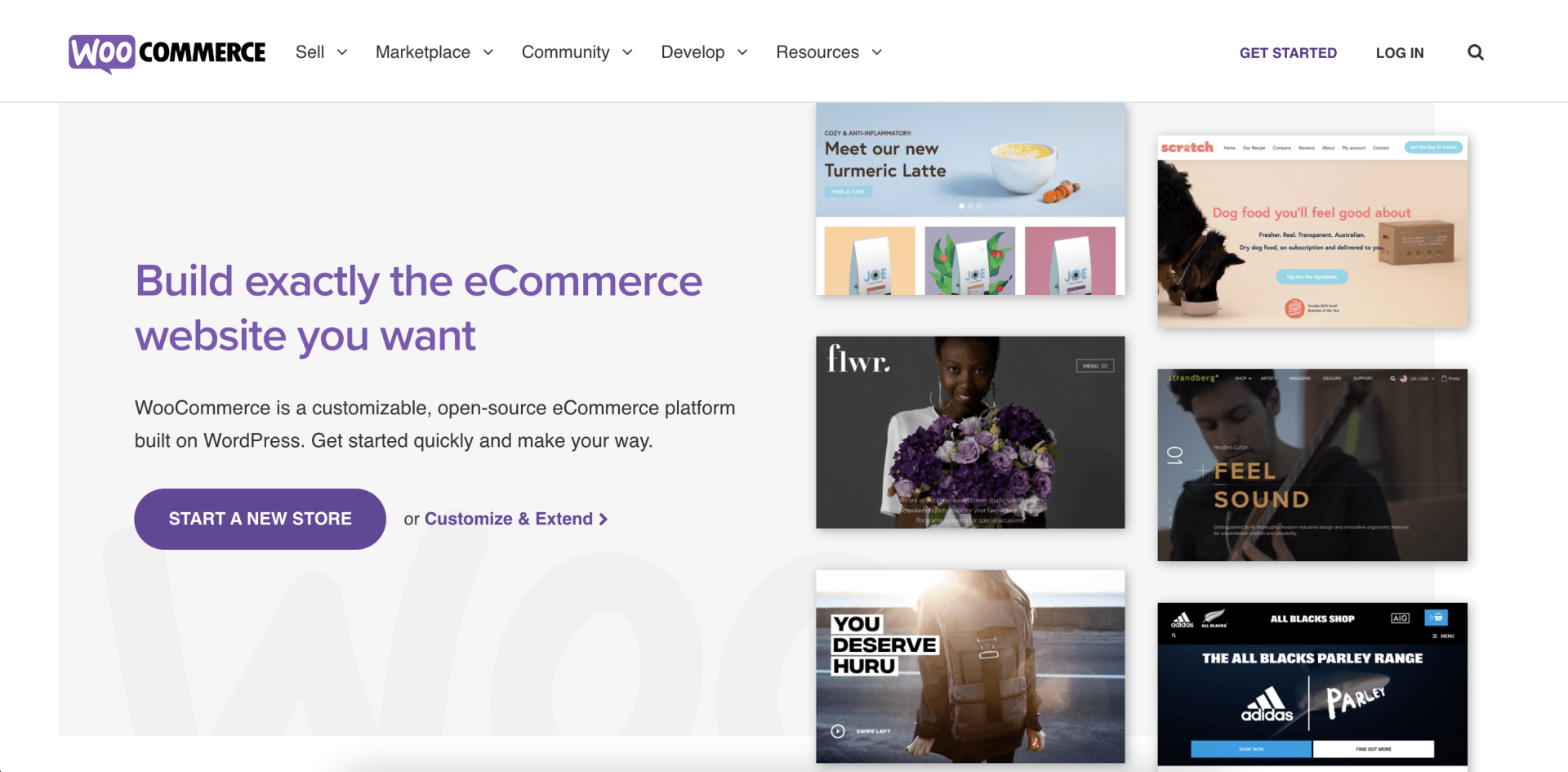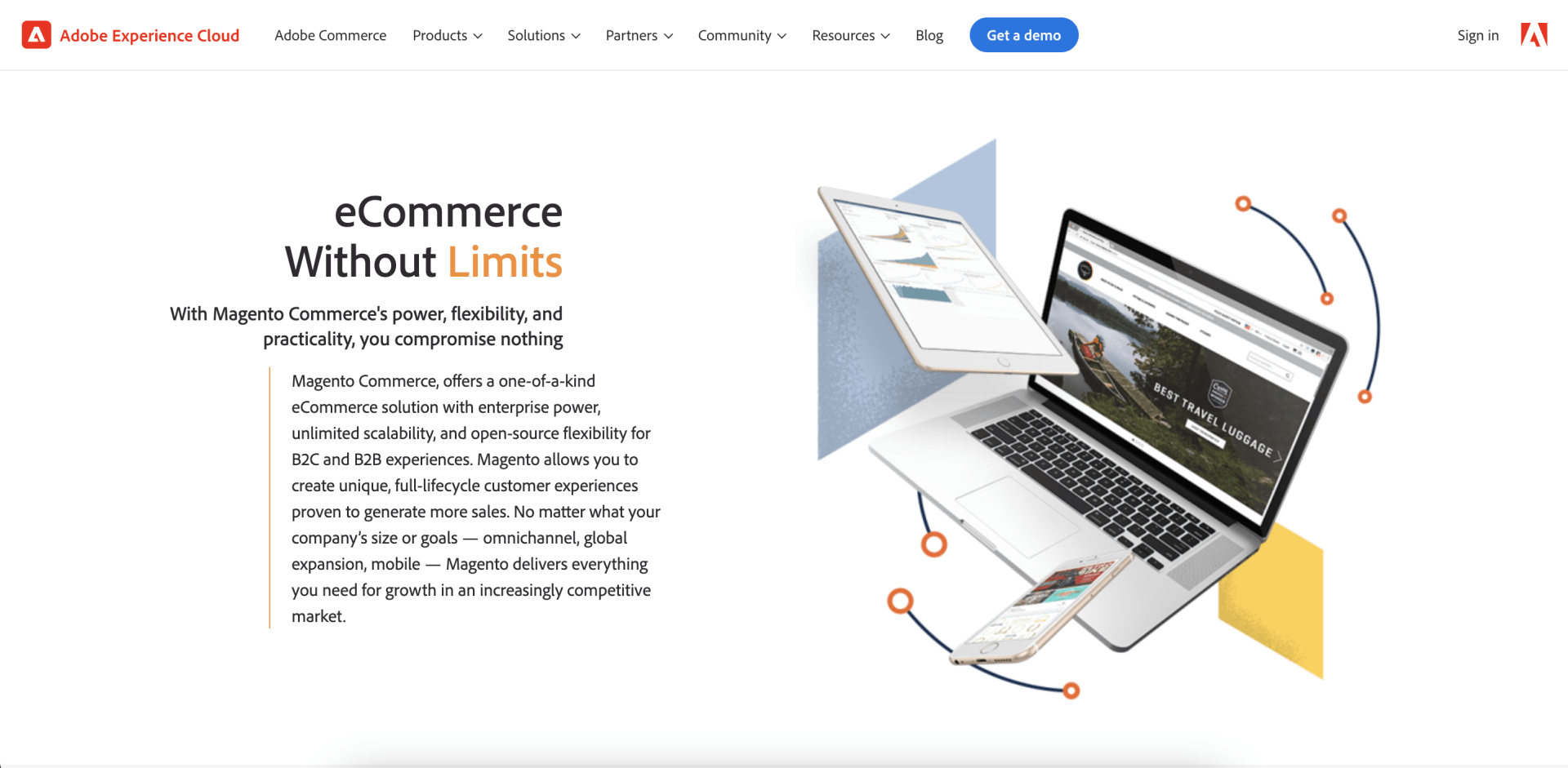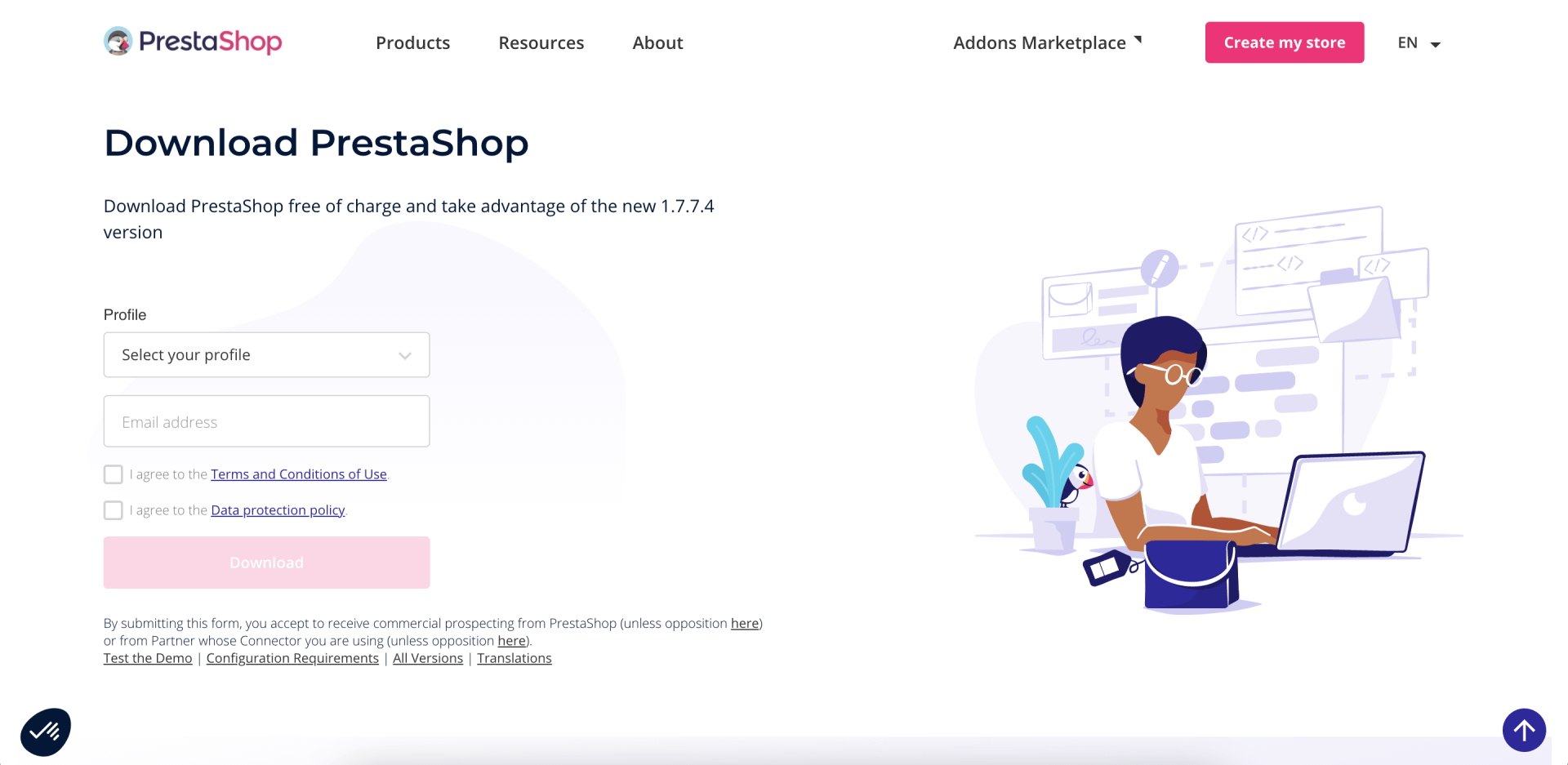Choosing the right platform for your ecommerce business
Whether you are just starting out in ecommerce or you want to adapt and improve your ecommerce website, there are a lot of things to consider.
You’ve probably got your business name, logo, branding and product or service range ready to go. You may even have a website that you are very happy with. But are you ready to sell online?
When starting out in ecommerce, it’s important to not just consider what your business needs now, but to look to the future and consider the tools you will need as your business grows.
Today’s ecommerce brands don’t just choose the best online store builder, they look for the best ecommerce platform. An ecommerce platform is a set of tools that work seamlessly and give you complete control over your business, as well as the ability to scale as you grow.
An ecommerce platform is so much more than a tool to list products and take online payments. It is a way to grow your brand online, by creating an online experience that allows you to make sales and deliver customer orders, no matter where they are based. The very best ecommerce platforms should be a complete business command centre, from which you can control everything from stock levels to marketing.

Hosting
Some ecommerce platforms have built-in hosting, while others require you use self-hosting or open-source hosting.
Hosted platforms take away the worry and hassle of self-hosting or looking for a third-party hosting service. Updates will be automatic, so you will always have the latest version of your ecommerce platform.
Self-hosted, or non-hosted, ecommerce platforms require companies to use their own server space or pay for space from a hosting provider. This can make ongoing website management complex, as you are responsible for updates, maintenance, and bug fixes. Potentially, it can take up staff time which may be better used elsewhere.
Using a third party to host your website data will incur additional costs. Smaller and newer businesses will typically opt for the lowest cost plans, which have the lowest levels of customer support and you may find you require more support than your host offers.
Types of ecommerce
The main types of ecommerce are business-to-consumer (B2C, sometimes also referred to as direct-to-consumer or DTC) and business-to-business (B2B). B2B ecommerce includes both selling for use by the business (eg machinery or office supplies) and wholesale selling, when the buying business buys products and sells them for a profit.
The type of ecommerce business you have will be a key factor in deciding which platform will be best for you to use.
Here we take a look at some of the most popular ecommerce platforms and what they can offer to individual businesses.
It’s important to remember that there is no single ‘best’ platform. Every business is different with different needs. The best ecommerce platform for your brand is the one which meets all the needs of your business and your customers. The ecommerce platform you choose should give your customers an easy shopping experience which makes them want to come back for more.
All pricing is correct to the best of our knowledge at the time of writing in May 2021.
Shopify
Shopify’s ecommerce platform is perfect for omnichannel selling. Its tools and features mean you can sell directly through your own website, at your physical store, on social media and through third-party marketplaces, like Amazon, eBay and Etsy.
Shopify handles your whole business from payment processing to in-person sales and fulfilment, to ensure your products reach your customers. It is also compatible with a large number of third-party apps to further enhance its capabilities.
Using Shopify’s tools and features, it is easy to get an ecommerce business off the ground, even with limited technical knowledge. It is also a good tool for scaling up your business without ever needing to change platforms, however much your business grows.
Shopify is priced between $29 and $299 per month, depending on which plan you use.
Wix
Wix is an easy to use drag-and-drop website builder, which offers web hosting, domain name registration and customisable templates. While you can build a basic website for free using Wix, you will need to upgrade to use its ecommerce platform.
With Wix you can accept online payments, sell on multiple channels and set up abandoned checkout campaigns.
But it may not be the best choice for bigger businesses or those with large product ranges. Wix lacks inventory management features, such as low stock alerts. So if you stock a lot of different products, you will probably need an ecommerce platform which has better inventory tracking.
With Wix, you can’t sell products directly from social media (also known as social commerce). To make this work, you will need to combine Wix with a third-party app.
Wix ecommerce plans range in price from £13 to £22 per month.
Squarespace
Like Wix, Squarespace is another drag-and-drop website builder, which isn’t primarily designed as an online selling platform.
It takes a fair bit of work to set up Squarespace to sell online, but it does have some useful tools, including good inventory tracking.
If you have a Squarespace website, as an alternative to turning it into a Squarespace online store, you can add the Shopify Buy Button to your site. This gives you all the benefits of Shopify, including the ability to add unlimited products and secure checkouts, without the need to move your entire operation to Shopify.
Ecommerce plans on Squarespace are priced between £15 and £30 per month.
BigCommerce
BigCommerce is an ecommerce platform which can handle the demands of a big company. It offers both web hosting and a large range of customisation options, but you can’t register a domain name through BigCommerce.
Useful features include international selling, SEO tools, and omnichannel selling on social media and marketplaces like Amazon, eBay and Etsy.
BigCommerce isn’t as simple to use as Shopify or Wix. People who lack technical knowledge may prefer to work with an ecommerce platform which is easier to operate.
BigCommerce is priced between $29.95 and $299.95 per month, depending on which plan you use.
Big Cartel
Big Cartel is a fully hosted ecommerce platform and website builder which is specifically designed for artisan makers, crafters and artists – the sort of small business you would expect to find on Etsy.
Big Cartel offers domain name registration, customisable templates and marketing tools. Its payment options are fairly limited, so Big Cartel probably wouldn’t be the right choice for a business hoping to scale up into omnichannel selling.
The platform’s pricing is based on how many products a company sells, so it can increase quickly as your business and product range grow.
Big Cartel is priced between $9.99 and $29.99 per month, depending how many products a business sells.
WooCommerce
WooCommerce is basically an add-on to WordPress, which is traditionally a blogging and content-driven platform. With WooCommerce, businesses can add ecommerce to their WordPress site.
WooCommerce isn’t hosted, so a business has the additional cost and responsibility of managing the website hosting.
Because WordPress is primarily a content management system (CMS) rather than an ecommerce platform, many of WooCommerce’s selling features rely on adding apps and plug-ins. There is a good range of apps and plug-ins available, but the more you add, the more likely it is that something will go wrong. For a larger business or one with a big product range, that may not be a risk worth taking.
WooCommerce is free to use, but with additional costs for hosting and domain.
Magento
Magento isn’t for the faint-hearted, but if you have a big business with a large product range and someone in your team with the right skills, it could be worth considering.
Magento is a non-hosted ecommerce platform designed for developers who want a flexible, powerful and customisable system. This is good news for brands which want a completely bespoke platform. But if you don’t have advanced coding and development skills, it may be too much of a challenge, and you will almost certainly have to get an outside company to do the work. It also works out considerably more expensive than the other platforms.
Magento lacks the tools for omnichannel selling and social commerce – two key ecommerce trends which are growing fast.
All prices for Magento are individual, but design and development can be between £10,000 and £25,000, with hosting at around £40 per month.
PrestaShop
PrestaShop is the biggest ecommerce platform in Europe and Latin America. It is an open-source platform, which is free to download and use.
PrestaShop tools and features include international selling, inventory and analytics reporting. Businesses have lots of control over privacy and security settings of their PrestaShop site.
It offers real value for money for new and small businesses, although it does require some technical knowledge. With no customer support package, users do a lot of troubleshooting themselves, with the help of other PrestaShop users.
Although the free platform is a great place for cash-strapped businesses to start, maintaining your ecommerce site with PrestaShop may prove difficult in the long-term.
PrestaShop is free to use.
All of these ecommerce platforms offer something slightly different and the best choice for you might not be the best choice for another business, even one operating in the same market. When deciding which platform to use, you need to consider your own unique business needs and goals.
It is tempting to just opt for the easiest and most affordable platform. But will the cheapest choice today still work for your business in a year or five years? It is a big decision and you need to think about the growth of your business and anticipate your future needs. The best platform will be one which can work with those future needs.
In terms of cost, you will need an ecommerce platform that won’t cost a fortune, but still has the features you need to operate your business smoothly and make a profit. The cost of a platform is about more than the set-up and the monthly fees. Will you need to also pay for hosting or for customer support, if it isn’t included in your package?
Once you’ve taken all of these factors into account, it should be easier to decide on the right ecommerce platform for your business.
More Posts.



